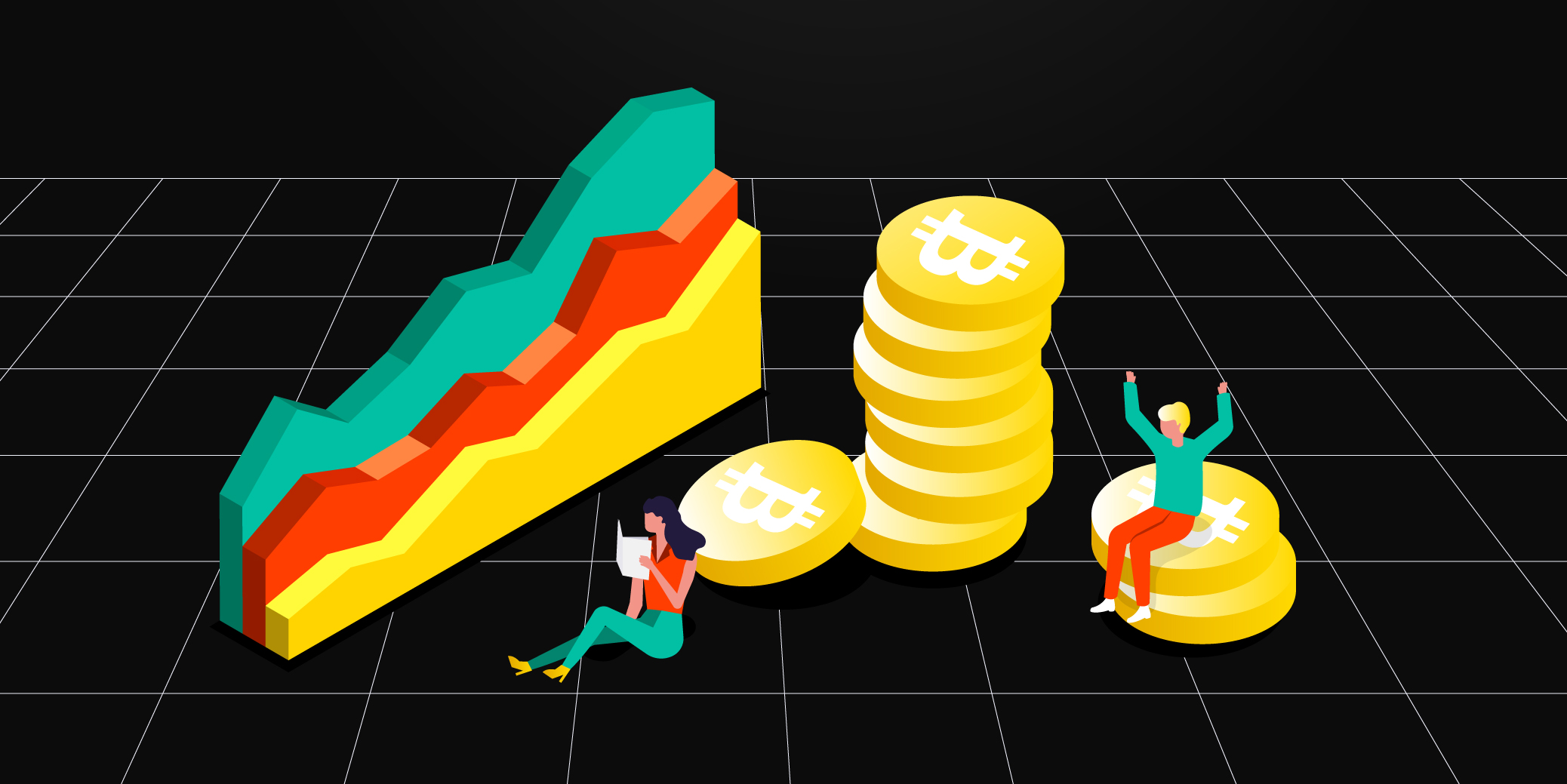Understanding Funding Rates: Their Purpose and Impact

If you’ve ventured into crypto trading, especially in crypto futures, you’ve likely encountered the concept of the “funding rate.” This seemingly minor percentage can have a substantial influence on your trading positions, making it imperative for crypto traders to comprehend its mechanics. This article explores funding rates, their significance, and their impact on your trading strategies.
The Purpose of the Funding Rate
The Funding Rate plays a critical role in maintaining price convergence between the Perpetual Futures Market and the actual underlying commodity, which is a key distinction from traditional futures contracts. In traditional futures contracts, settlements occur on a monthly or quarterly basis, where contract prices converge with spot prices at the time of settlement. In contrast, perpetual contracts are a unique offering in the crypto-derivative space. They allow traders to hold positions indefinitely without expiration dates, functioning much like spot market trading.
With perpetual contracts, there is no traditional settlement. To ensure that contract prices align with the index, crypto exchanges have introduced the concept of the funding rate.
Understanding the Funding Rate
The Funding Rate involves periodic payments made either to long or short traders based on the difference between perpetual contract markets and spot prices. When the market sentiment is bullish, the funding rate becomes positive, and long traders pay short traders. Conversely, in a bearish market, the funding rate is negative, leading short traders to pay long traders. These funding payments are directly exchanged between traders, and the exchange, such as LBank in this case, takes no fees for these transfers.
Funding events on LBank Futures occur every 8 hours, specifically at 00:00 UTC, 08:00 UTC, and 16:00 UTC. Traders are only responsible for funding payments if they have open positions during these specified funding times. If a trader closes their position before the funding exchange, they won’t be subject to funding payments.
How to Calculate the Funding Amount
The Funding Amount is calculated based on the Nominal Value of Positions, which is determined by multiplying the Mark Price by the Size of a Contract.
Funding Amount = Nominal Value of Positions × Funding Rate
What Determines the Funding Rate?
The Funding Rate is composed of two components: the Interest Rate and the Premium. The Interest Rate is based on the assumption that holding cash equivalent returns a higher interest than BTC equivalent. The default difference between the two is 0.03% per day (0.01% per funding interval), which can be adjusted according to market conditions like the Federal Funds Rate.
The Premium, on the other hand, serves to enforce price convergence between the Perpetual Contract and the underlying instrument. This Premium Index is calculated separately for each instrument and is determined based on the difference between the Impact Bid Price and the Mark Price, as well as the difference between the Mark Price and the Impact Ask Price, relative to the Spot Price.
The Funding Rate formula is as follows:
Funding Rate (F) = Premium Index (P) + clamp(0.01% — Premium Index (P), 0.05%, -0.05%)
In simpler terms, if the Premium Index falls within the range of -0.04% to 0.06%, the funding rate remains at 0.01% (the interest rate). When the Interest Rate and the Premium Index are within +/-0.05%, the funding rate equals the Interest Rate.
How Funding Rate Affects Trading
The Funding Rate plays a crucial role in incentivizing specific trading behaviors. If the perpetual contract price needs to be adjusted upwards to align with the spot price, the funding rate is lowered to encourage buying or short closing. Conversely, if the perpetual price needs to be adjusted downwards, the funding rate is increased to incentivize selling or long closing.
Using Funding Rate as an Indicator for Trading
Funding rates can also serve as sentiment indicators for traders. When the funding rate is high, it indicates a strong interest in long trades on leverage, while a low or negative funding rate suggests a crowded short market.
While funding rates can provide valuable insights, it’s essential to consider multiple factors in your trading decisions. Simply trading based on funding rates alone may not yield consistent results, as larger players can manipulate them. Combining information about funding rates with other technical and fundamental analyses can help you make more informed trading decisions.
Arbitrage Opportunities
In addition to directional trades, you can also leverage funding rate differentials between exchanges to engage in funding arbitrage. Notably, funding rates are not universal across exchanges, with one exchange potentially having a higher funding rate than another. By simultaneously shorting and longing equal amounts on different exchanges, you can profit from the difference in funding rates. This strategy allows you to mitigate market risks because the loss in one position is covered by the gain in the other.
Wrapping Up
Understanding funding rates is vital for successful crypto futures trading. They serve as a mechanism to align perpetual contract prices with spot prices and can offer valuable insights into market sentiment. However, traders should be cautious and not rely solely on funding rates when making trading decisions.
Utilizing multiple factors, including technical and fundamental analyses, can lead to more informed and successful trading strategies in the crypto market. Additionally, funding rate differentials across exchanges provide opportunities for arbitrage, enabling traders to profit from these discrepancies.